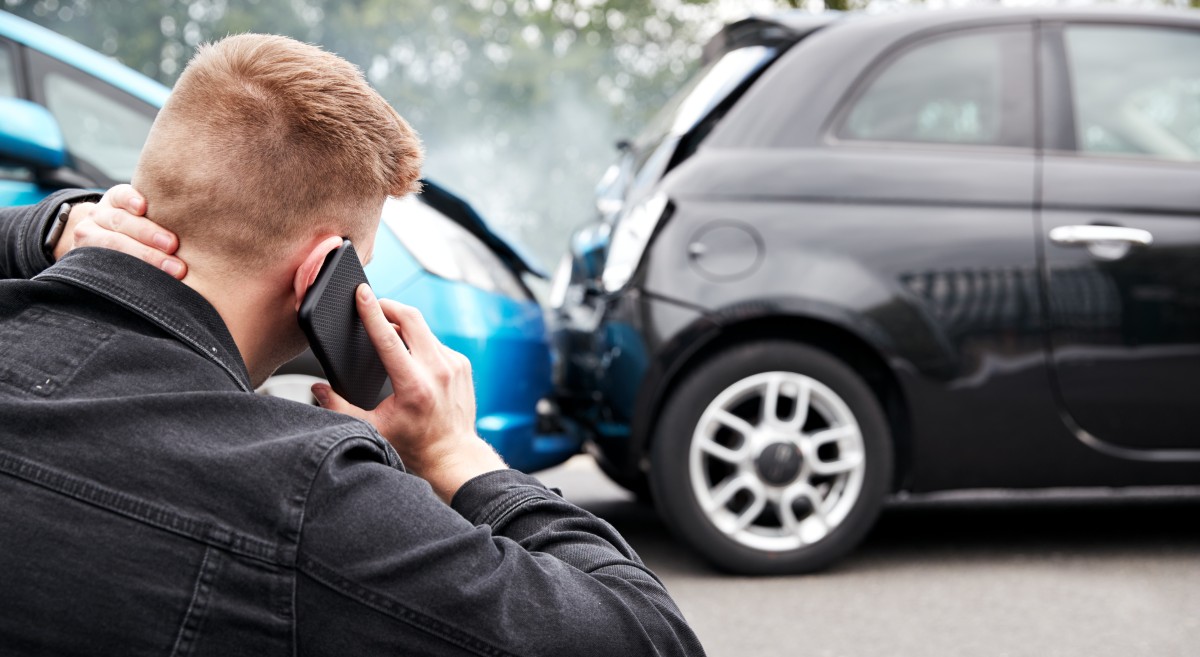Written on Aug 19, 2020 9:53:06 AM
Stacked vs. Unstacked Car Insurance: What is the Right Choice for You?
Topics: car insurance

Did you know that an estimated 13% of drivers in the U.S. are uninsured? According to research by the Insurance Research Council (IRC), nearly 1 in 8 drivers are driving throughout the country uninsured, putting other motorists at risk.
Uninsured motorist (UM) and underinsured motorist (UIM) coverage is a very detailed subject to cover in a short amount of time. Essentially, UM/UIM is designed to help cover your costs if the other driver doesn’t have insurance or the coverage from the other driver is insufficient.
Finding out whether you need stacked or unstacked coverage, however, requires you to know some of the logistics and meaning behind it.
Uninsured Vs Underinsured Motorist Coverage
If you get into an auto accident with one of the 13% of uncovered motorists and you don’t have the right coverage, you could wind up paying expensive bills. That’s why most auto insurance companies offer these options:
Uninsured Motorist Coverage (UM)
Uninsured motorist coverage applies if:
- The other driver was at fault.
- They were uninsured.
- You’re a victim of a hit-and-run accident.
Underinsured Motorist Coverage (UIM)
This car insurance covers if the other driver is at fault but does not have a high enough level of coverage to cover your bills. The driver at fault’s insurance would cover the expenses until the policy limit is reached, and then your insurance will cover the rest.
What is Stacked Car Insurance?
The simple definition of stacked insurance coverage is that essentially it involves multiple vehicles rather than just one. This means your uninsured motorist (UM) coverage and underinsured motorist coverage (UIM) increases in conjunction with how many vehicles you own and have insured. Essentially, it allows you to “stack” - or combine - your vehicle limits together.
How Does Stacked Car Insurance work?
Stacked is far more complicated since it involves multiple vehicles rather than just one. This can be done either within or across policies. There are basically two ways that stacked insurance coverage works:
1. Within Policies
You can insure multiple cars on the same auto insurance policy. Doing so combines the coverage limits for multiple vehicles on one policy.
For Example: If you had two cars on a single car insurance policy and your UM limit was $40,000, you could potentially combine your UM coverage limits for a total of up to $80,000.
2. Across Policies
You can insure two or more cares across policies, though each separate policy must be in your name. While the limits of each policy’s UM and UIM coverage may be combined, this option is not always guaranteed.
For Example: If you had two vehicles on two separate policies and your UM was $30,000, you could potentially file a claim using both policies, using up to $60,000.
What is Unstacked Car Insurance?
Essentially, unstacked car insurance covers your standard coverage limits to one vehicle. There is no combining - or stacking - the amounts.
How Does Unstacked Car Insurance Work?
Unstacked coverage basically means your amount of coverage is congruent with the limit on your policy. For example, if you have a limit of $50,000, then that is the maximum amount of coverage you have after an accident. It’s a straightforward notion that what you buy is what you get (on your premium, that is).
If you only have one car that is insured, then this is the only option you can take—opting for stacked would be pointless.
Which Car Insurance Is Right For You?
If you are hit by one of the thousands of uninsured motorists out on the road, then you want to make sure you’re covered. Even if the other driver has liability coverage, they may only have the state’s minimum coverage limits and are unable to cover all the costs of the damage they caused you and your vehicle. This is why UIM insurance is important.
However, there are some considerations to take when it comes to stacked insurance coverage.
Coverage Eligibility Varies By State
Most insurance companies allow you to check your policy and change it at any time online. Some states allow for stacking, while others do not. Generally, Florida is a state that allows for stacking within and across policies.
Additionally, there are restrictions in some states that don’t allow your UM to exceed your liability (or bodily injury) coverage. The major drawback of stacked insurance coverage is there are higher rates due to the insurance company’s risk of reimbursing you at a higher level amount.
If you’re interested in stacked insurance coverage, or wondering which coverage you opted for when buying your premium, then consult with your current car insurance company.
It is always essential to make sure you are properly insured in the event of an accident. Theoretically, you have a one in eight chance that the other driver in an accident will be uninsured. The best precaution you can take is opting for UM on your policy. Doing your due diligence to protect you and your loved ones is of the utmost importance, as accidents do happen. Contact Lowman Law Firm today for a free consultation and to help you determine if you have UM insurance on your auto policy.

